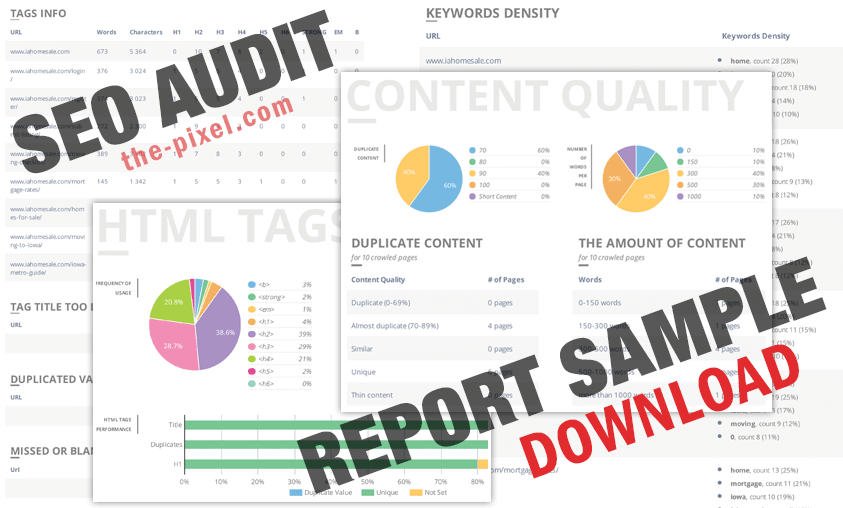Four-Steps to Start Your Keyword Research
Four-Steps to Start Your Keyword Research
Search engine trends often change, so it’s important to routinely conduct keyword research.
Google processes more than 40,000 search queries per second, according to recent estimates. You don’t need to know what every search query is, but you do need to know what searches are trending and what your specific audience is searching for.
Using keyword research, you can tailor and optimize your online content in order to connect with your audience. You need to build your content around what your audience is searching for, and optimizing keywords allows your website to appear in the top search results.
You want to begin with words and phrases that you want to use as keywords. Next, you want to collect data on these keywords using keyword research tools and audit your competitors’ use of keywords. This will allow you to narrow down and select your top picks for keywords.
1. Compile words and phrases you want to use as keywords
What do you think your target audience is searching for? Start by searching words and phrases that directly relate to your product or service. These words and phrases should be generic — what you think a typical Internet user would type in the search bar.
Next, add a location with your words and phrases, such as “Milwaukee pizza” or “Chicago bakery.” Using specific demographics allows search engines to display your site at the appropriate time, like when someone searches for something “near me.”
There are three main things you want to look at when conducting these high-level searches. First, the number of results for a keyword or phrase. This number can be a great indicator for how competitive — and how expensive — the keyword or phrase is. The higher the number of results, the more competitive the keyword or phrase. Try to find more specific keywords or phrases that directly relate to your brand’s offerings.
Second, take a look at the “People also ask” block on Google. These related phrases and questions may have other keywords that you should consider when optimizing your site. They may also be questions you want to answer as part of your site’s content.
Finally, explore results in the “Searches related to” block on Google. Similar to what “People also ask,” the “Searches related to” findings may inspire other keywords that you want to use on your site.
2. Compare your list of desired keywords using keyword research tools
After compiling your initial list, research your desired keywords and phrases using tools like Google Keyword Planner or Moz Keyword Explorer. There are a few key metrics that you want to pay attention to in order to narrow down your list.
First, understand a user’s intent behind searches. Top results for certain keywords may not align with your brand’s offerings, and this may be due to user intent.
For example, if you owned a pizza parlor, the phrase “pepperoni pizza” shows recipes in top search results, whereas “pepperoni pizza near me” shows nearby pizza parlors. You are not looking to attract customers searching for how to make pizza; instead, you want to attract customers looking to order pizza. As such, you want to identify and use keywords with the intent that aligns best with your product or service.
Then, take a look at search volume and level of competition. Search volume is the number of results for any keyword or phrase, often expressed as a monthly average of results from the past 12 months. Again, this number can indicate the level of competition for any keyword or phrase, where a greater number of search results indicate a higher level of competition.
You want to prioritize keywords and phrases that have a lower level of competition, especially in the early stages of optimizing your site. Using keywords with a lower level of competition allows your site to appear closer in the top search results.
When reviewing keyword data, it’s also important to identify trends. Group similar words, phrases, and variations together to focus your efforts and determine how best to approach each group of keywords.

3. Audit your competitors’ use of keywords
There are two main benefits from analyzing your competitors’ use of keywords and Search Engine Optimization (SEO). One, you learn which keywords are associated with your competitors. Two, you learn which keywords are not yet associated with your competitors. Run a free SEO report and find our where your website rates.
Both are important insights to consider when identifying keywords you want to use for your own website. You may choose some of the same keywords as your competitors, and you may choose some of the keywords that are not used by your competitors to distinguish your brand’s offerings.
4. Select your top picks for keywords to use on your site
Once you’ve conducted your keyword research, you want to select 10 primary keywords or phrases that you want to use to optimize your site. Additionally, you want to select 20 secondary keywords to embed in your site’s content. These secondary keywords should support the goals of your primary 10 picks.
Search engine trends often change, so it’s important to routinely conduct keyword research. The process of creating a list of keywords, collecting data, auditing your competition, and selecting your top picks is an easy way to get started.
Hire ThePixel to build your next website!
Since our founding in 2008, we’ve created and launched many types of business websites. Over the last decade and we’ve learned a thing or two! That’s why we’re masters of our craft, let us help you build the website of your dreams – one that generates traffic, leads and conversions.
Are you ready to start? If yes, contact ThePixel and one of our representatives will guide you through the website phases and how the process works either by a Zoom Meeting or phone.


